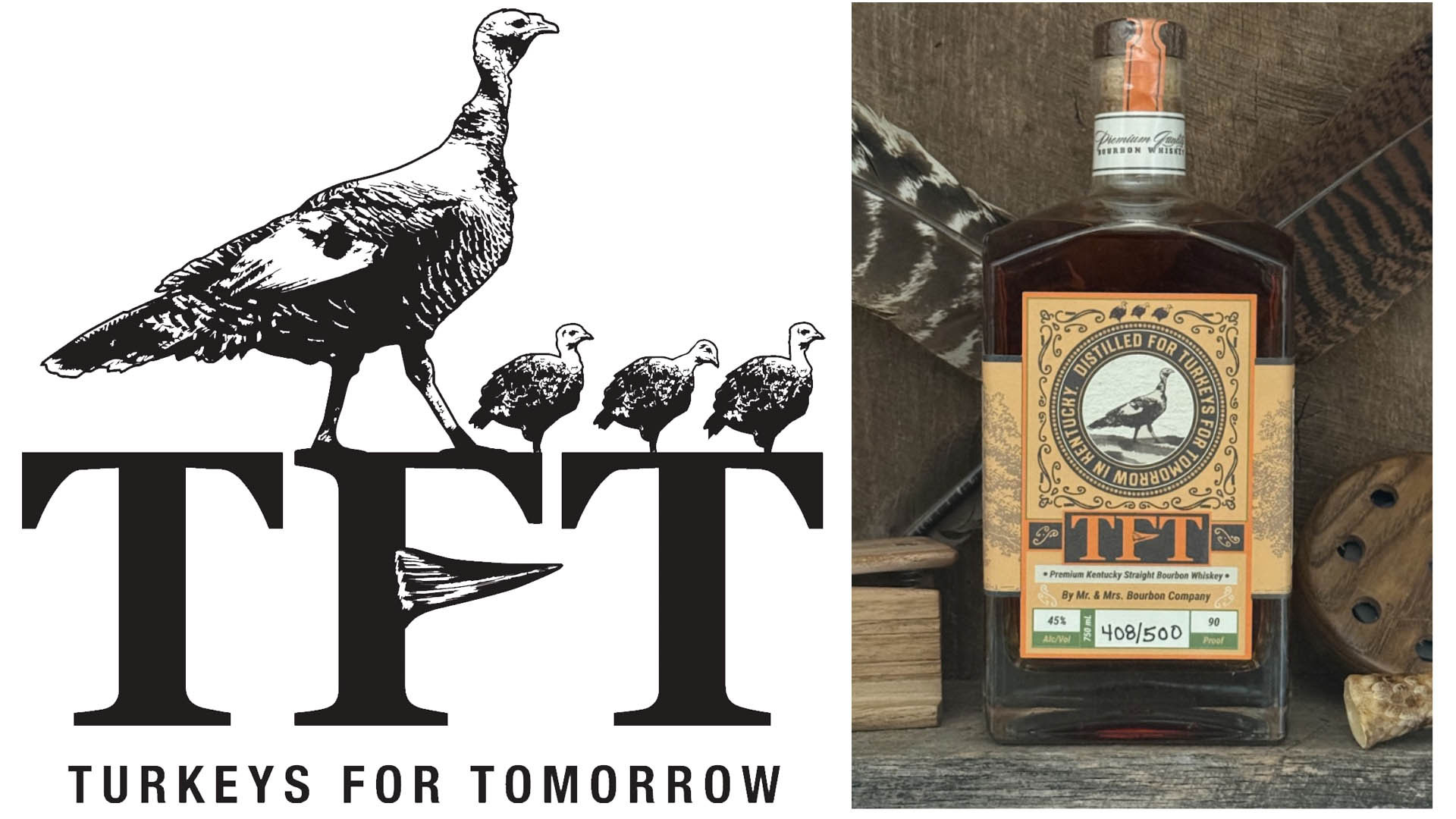
Every time the sun crests a duck hunter’s decoys, there’s a unique kind of anticipation. All hunters eagerly await what the day might bring, but the diverse list of species that may greet the American waterfowler is unrivaled. Three kinds of teal, mallards, blacks, pintails, woodies, hoodies and a wide variety of geese, just to name a few. How I love a mixed bag, even if it includes such species as northern shovelers, ringnecks, and others that some hunters fail to appreciate.
Yet, try as we might, there are certain ducks that never seem to make it into our bags. I think every duck hunter needs a “white whale”—a bird he works hard for, season after season, that persists in eluding him. The chase for a particular duck adds to the fun and, while we’d no doubt delight in bagging it, we’d thus conclude the thrill of pursuing it.
Sometimes one’s dream duck can boil down to regional barriers or the type of water found in our areas. As a Pennsylvania resident, the first duck I ever shot was an American black duck, yet a buddy from Oklahoma has made killing one his life’s mission. If you want to shoot a mottled duck, you better head south, good luck bagging a harlequin on the east coast, and heaven help you if you dream of eiders from a land-locked state.
Then there are those birds that we may realistically shoot on any given day, but for reasons known only to the duck gods, they don’t materialize. My white whale is a mature drake canvasback. I’ve shot ducks from the Chesapeake Bay to the Mississippi River and Texas Gulf Coast, and it continues to elude me. Part of my woes are due to the fixation I have on them. Last time I had a few over the blocks, I became so weak in the knees that I barely shouldered my gun in time to miss. And though I join my buddies for far more hunts than I’d ever admit to my editors, it seems every time I miss a day they kill lovely bull cans.
So, my quest continues. But what about you? If you could shoot one duck next season, what would it be and why?




































